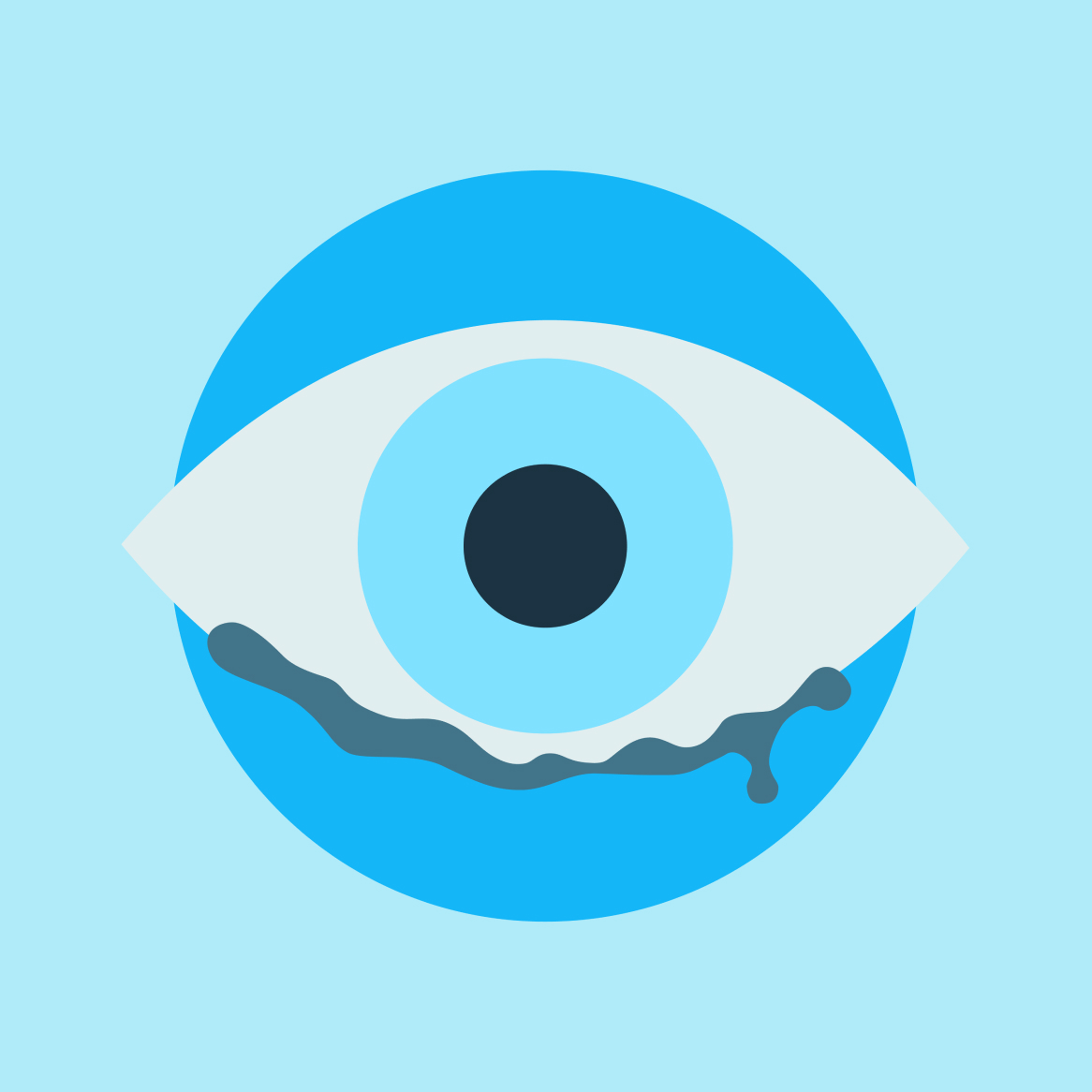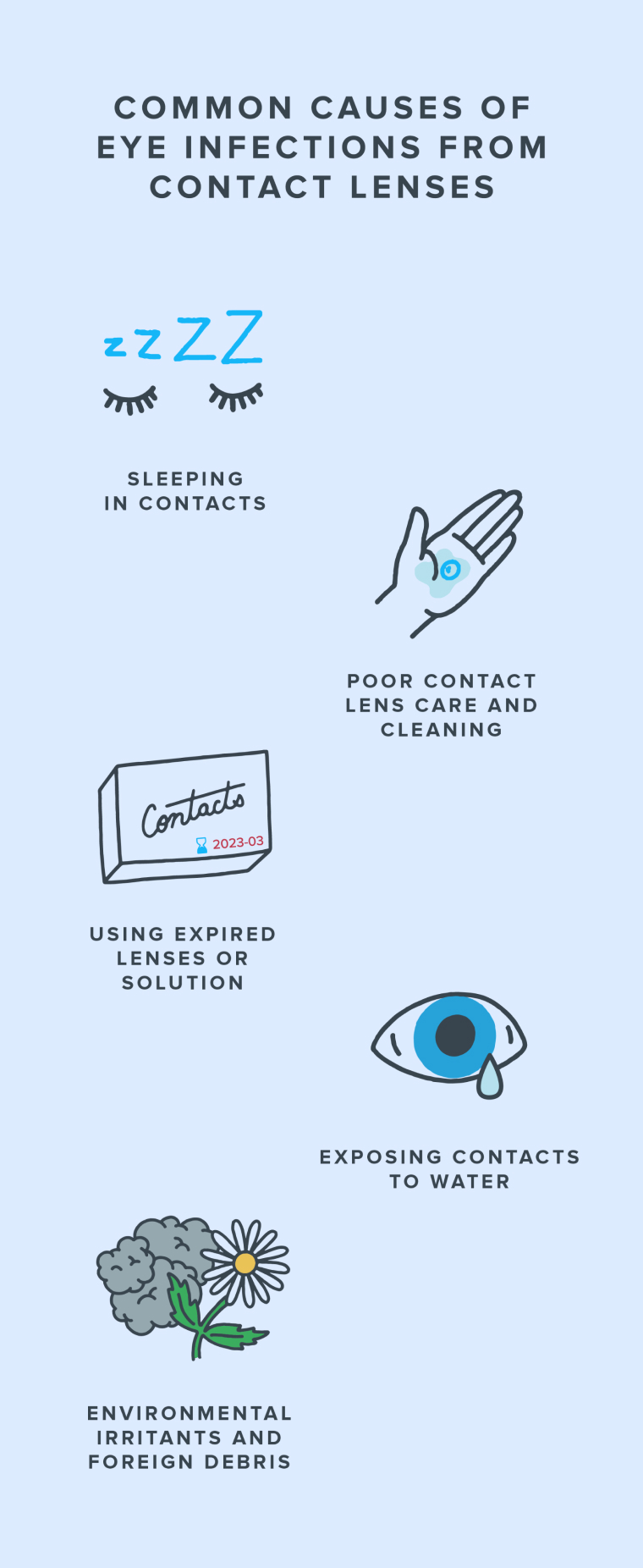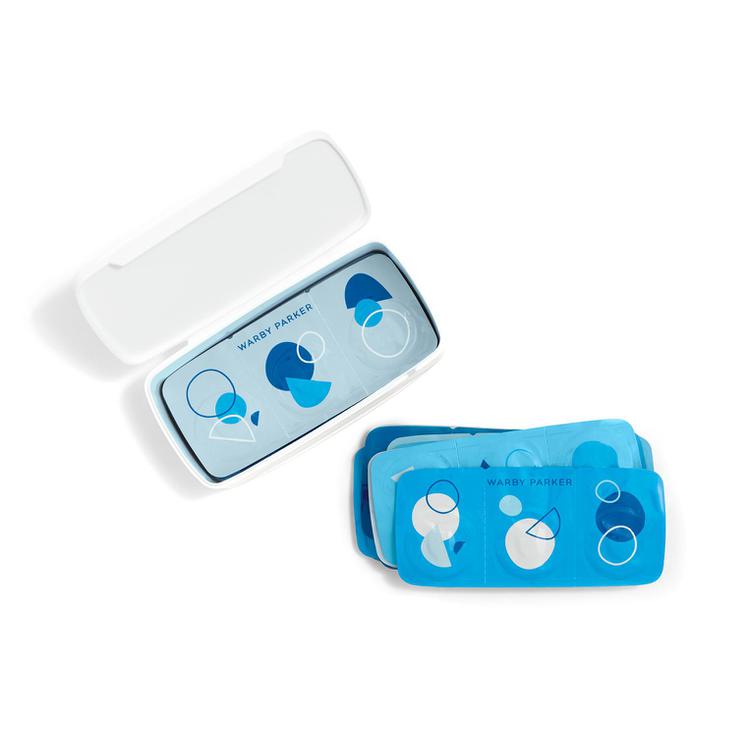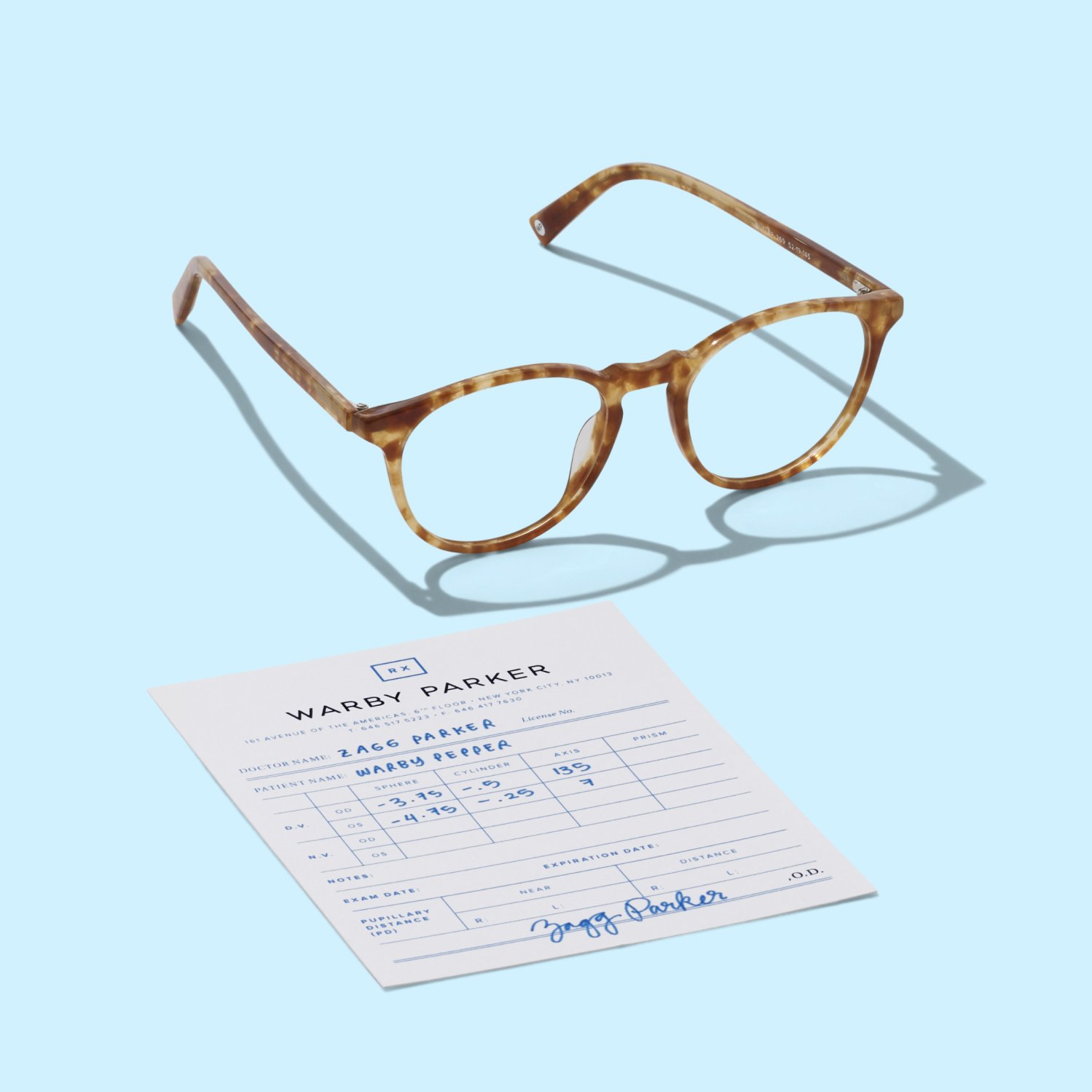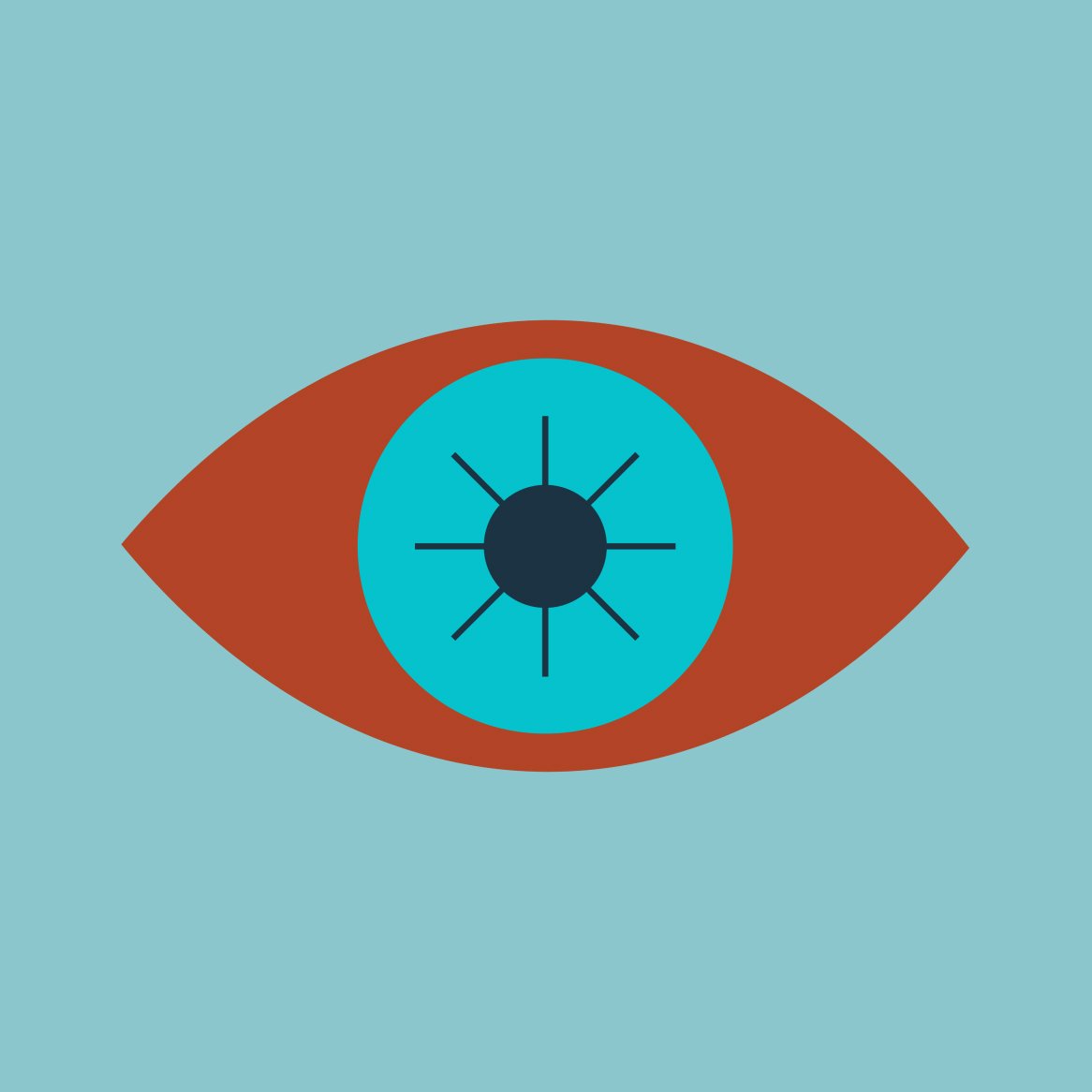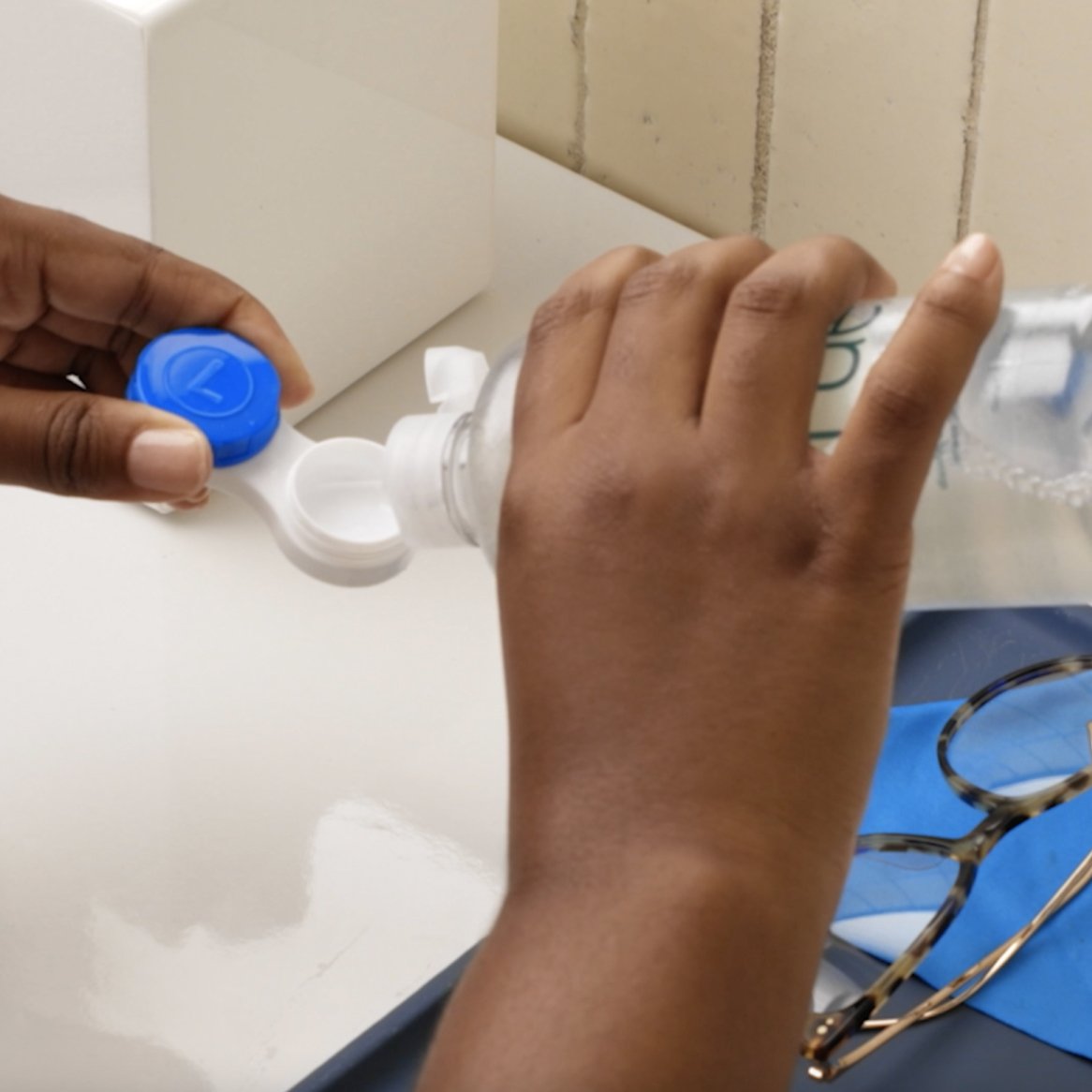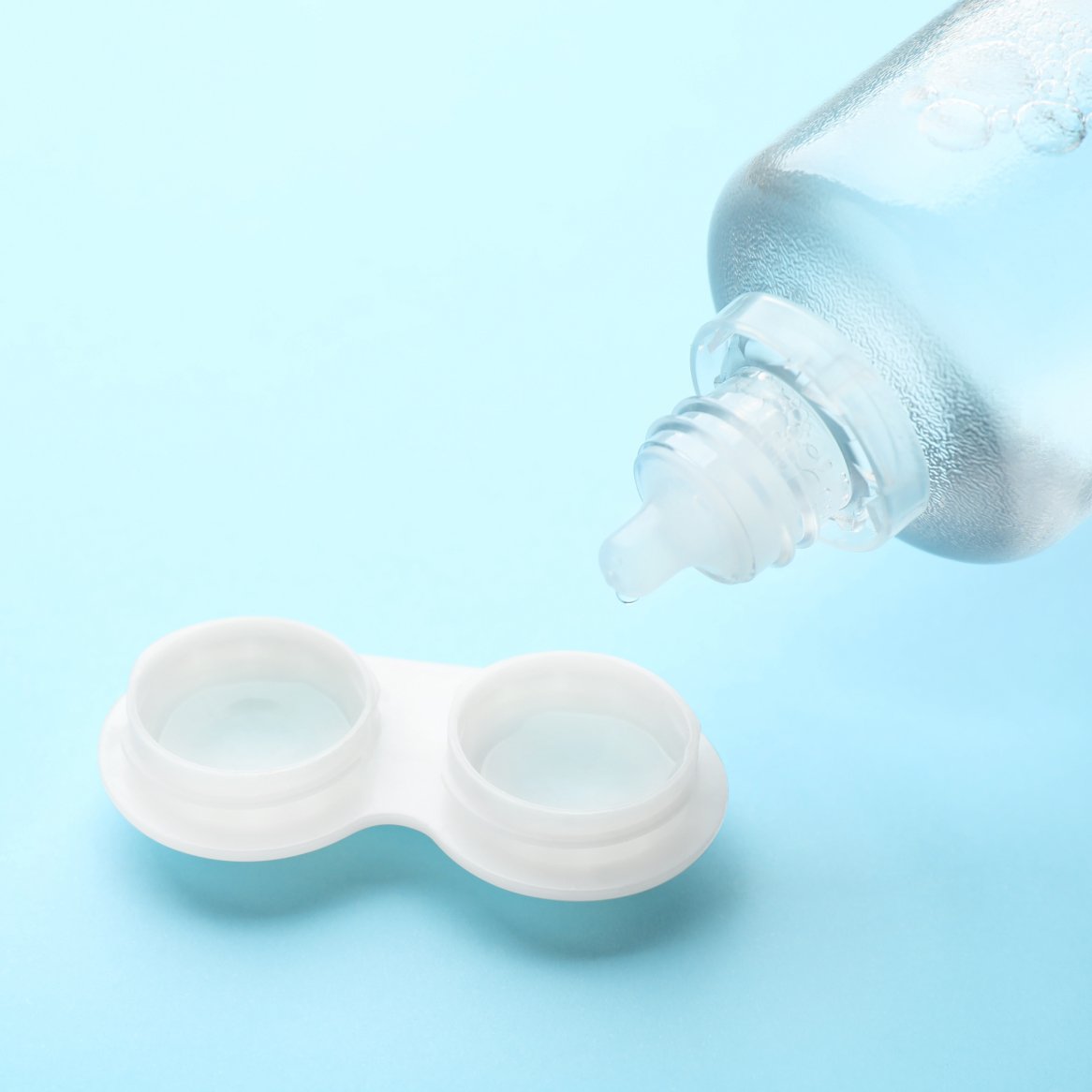Yes. People who wear contact lenses are at a higher risk for certain eye infections. But most of the time, with good contact lens hygiene, you can still enjoy the convenience and comfort of your contacts. Proper contact lens care and cleaning and following your eye doctor’s recommended wear schedule for your contact lens brand will reduce the risk of getting an eye infection from contacts.
In this article, we’ll discuss how contact lenses can cause eye infections, what to do if you get one (hint: see an eye doctor, stat), and how you can help prevent eye infections from contacts.
What Causes Contact Lens Eye Infections?
For the most part, eye infections occur when unhealthy microbes get into the eye. In contact lens wearers, two things generally work together to cause an eye infection.
- The protective surface of the cornea gets compromised. This can happen through a lack of oxygen or an abrasion.
- The cornea gets contaminated with bacteria.
Below are some common ways this can happen:
- Sleeping in contacts: Sleeping in contacts, including extended-wear lenses, increases the possibility of an eye infection. In fact, people who sleep while wearing contacts are six to eight times more likely to develop an eye infection.
- Poor contact lens care and cleaning: Improper care, cleaning, and storage of contact lenses can cause bacterial contamination.
- Using expired contacts or solution: All contact lenses and contact lens solution have an expiration date. Expired contacts, even if unopened, can be contaminated with bacteria that could lead to an eye infection. Old lenses could also injure the cornea. Expired contact lens solution could also harbor bacteria that can lead to an infection.
- Exposing contacts to water: Water and contacts don’t mix. Water—even tap water—is not sterile and contains microorganisms which can lead to an eye infection. Water can also cause contacts to stick to the eye and scratch it, making the eye vulnerable to infection.
- Environmental irritants and foreign debris: Bits of material like dust or dirt can get lodged behind a contact lens. This trapped material could lead to a scratched cornea.
Types of Contact Lens Eye Infections
Several eye infections (sometimes called ocular infections) are commonly associated with wearing contact lenses.
Microbial Keratitis
Microbial keratitis, an infection of the cornea, is the most common eye infection related to wearing contacts. The cornea is the clear dome that covers the iris (the colored part of the eye). Microbial keratitis can happen whenever germs invade the cornea. Of the four types of conditions (bacterial, fungal, parasitic, and viral), the most common is bacterial.
When the cornea gets infected with microbial keratitis, it can become scarred. In severe cases, this scarring can lead to vision loss or even blindness. In the most severe cases, a corneal transplant might be needed.
Corneal Ulcers
A corneal ulcer is an open sore on the cornea. In contact lens wearers, a corneal ulcer is most commonly caused by a bacterial infection. But it can also be caused by fungi, a parasite, or a virus. Any form of microbial keratitis can cause corneal ulcers.
Corneal ulcers caused by infection can be serious. They are one of the leading causes of blindness worldwide.
Contact Lens Associated Red-Eye
Contact lens-associated red-eye (CLARE) is an inflammation of the cornea and conjunctiva, which is the clear, protective membrane covering the eye and inside of the upper eyelid. Wearing your contact lenses while asleep can bring on CLARE, also sometimes referred to as acute red-eye or tight lens syndrome.
Giant Papillary Conjunctivitis
Giant papillary conjunctivitis (GPC) isn’t an infection, but an inflammation of the conjunctiva most commonly caused by wearing contacts. GPC is considered a type of allergic (noninfectious) conjunctivitis caused by foreign material in the eye. It usually occurs due to an allergic reaction to the contact lens material or contact lens solution.
GPC often causes redness and small bumps, called papillae, inside the upper eyelid. If left untreated, it can damage the cornea and cause vision impairment.
Signs of an Eye Infection From Contacts
Some contact lens-related eye infections have similar symptoms, and it can be difficult to know exactly what is going on without an eye doctor’s help. It’s important to get medical attention from an eye care provider if you experience any of these common symptoms of an eye infection:
- Eye pain or irritation
- Itching or burning eyes
- Discharge or tearing
- Blurry vision
- Light sensitivity (photophobia)
- Red eye
- Feeling of something in your eye
- Swelling
It’s also a good idea to take out your contact lenses, store them, and bring them to your eye appointment. This way, your eye doctor can check your contacts and case to help determine why you’re having symptoms.
How To Treat Eye Infections From Contacts
Your eye doctor will prescribe treatment based on the type and severity of the eye infection. Treatment can range from warm compresses and eye drops to prescription medication, like antibiotics. In all likelihood, you’ll have to stop wearing your contacts until your doctor gives the go-ahead that it’s okay to wear them again.
How To Prevent an Eye Infection From Contacts
Being diligent about wearing your contacts correctly can help prevent eye infections from contact lenses.
- Practice proper contact lens hygiene: It’s important to follow your eye doctor’s instructions for the care and cleaning of your contact lenses and contact lens case. This includes properly putting in contacts and taking contacts out and not reusing or topping off contact lens solution (always use fresh solution). And wash your hands thoroughly before handling your contacts.
- Follow your doctor’s wear schedule: Replace your lenses as often as your doctor prescribes. And never use expired contacts or contact solution.
- Keep your lenses away from water: It’s best to avoid swimming, showering, or hot tubs when wearing your contacts. Also, don’t store your lenses in water.
- Don’t sleep in your contacts: You can get an eye infection from sleeping in contacts overnight and by wearing them during a nap, too. Sleeping in extended-wear contacts is also not recommended.
- Consider daily disposable lenses: Wearing daily disposable lenses may lower your risk of getting an eye infection from contact lenses. If you know caring for and cleaning your contacts is challenging for you, ask your doctor about daily disposable lenses, which are thrown away at the end of each day. Together, you can weigh the pros and cons of daily lenses vs. monthly ones.
See your eye doctor: Be sure to have a comprehensive eye exam every year. This will help ensure you’re wearing and caring for your contacts properly—and wearing the correct contact lens prescription. It will also keep your overall eye health in shape.
Your Eye Health Is Important
The best thing to do for an eye infection from contacts is to try your best not to get one. Of course, this is easier said than done. But knowing what puts you at risk of an infection helps a lot. And adhering to your doctor’s instructions for contact lens use can go a long way in protecting your vision and your eye health.
And if you do get one? Be sure to make an eye appointment right away.

